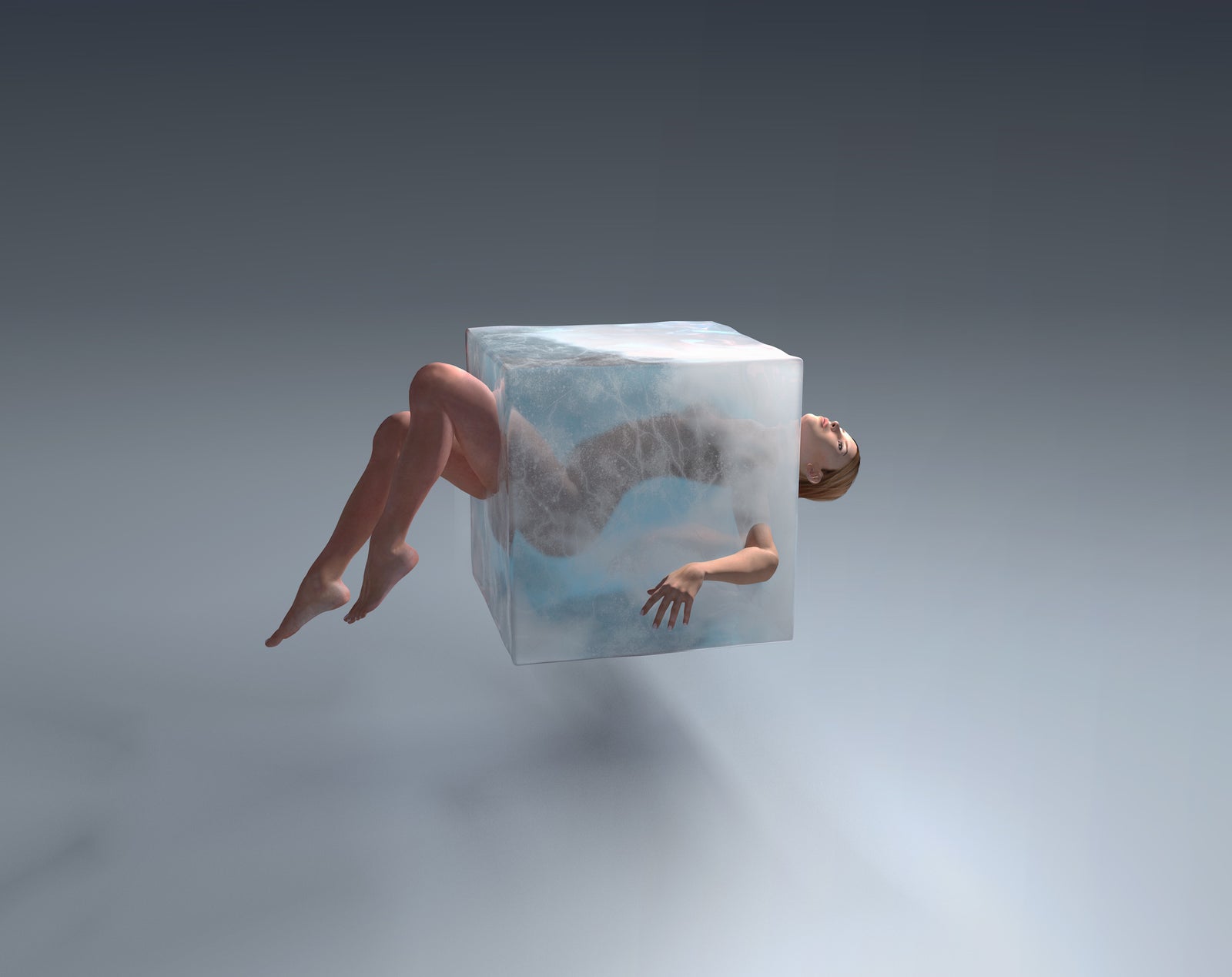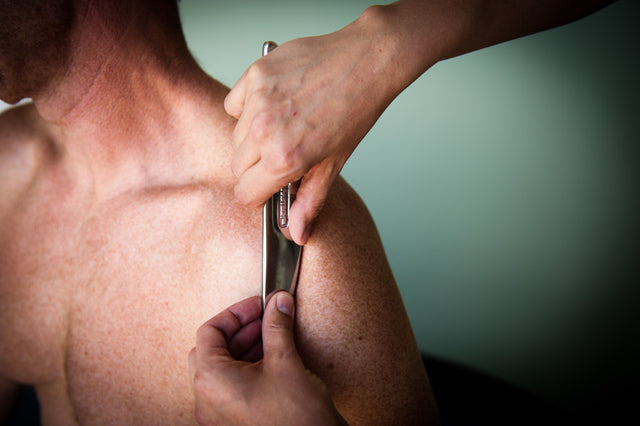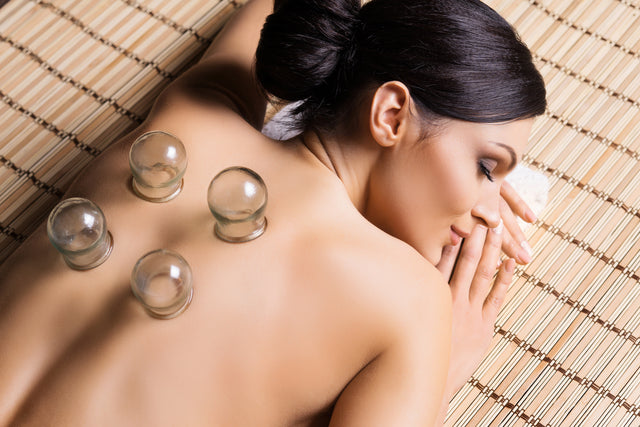When you’re competing at an elite level, optimizing every aspect of your performance, can make the difference between winning and getting knocked from the leaderboard. Cryotherapy has become one of the latest trends in fitness and health amongst elite level athletes due to it’s many proposed health benefits on muscle recovery. If you can recover faster, reduce muscle soreness, and improve joint mobility, you’re going to perform better. It’s as simple as that. But, is cryotherapy all that it’s cracked up to be?
What Is Cryotherapy?
Whole Body Cryotherapy (WBC) is sort of like dipping yourself into a glacial ice-bath. First introduced In 1978, by Dr. Toshiro Yamauchi from Japan, from a simple observation which found that combining cold treatments with physical exercise could have efficacious and beneficial impacts on patients with rheumatoid arthritis, Cryotherapy has now evolved into a medical treatment more commonly used in sports medicine, to help athletes recover from overuse injuries, exercise induced inflammation and muscle soreness. WBC ice chambers, range between a frosty and frigid −100° C and −140° C (which is −148° F to −220° F) which essentially flash freezes the body with liquid nitrogen vapors. Participants remain in the chamber no longer than 3 minutes, with only mittens, socks, a headband and some skivvies [R].
Some of the many health benefits proposed from cryotherapy include
- Relieving muscle aches
- Helping joint mobility
- Reducing inflammation
- Reducing muscle soreness
- Improve sleep quality
- Recovering from overuse injuries or trauma
- Reduced anxiety
Does Cryotherapy Actually Work?
While many people believe that WBC is beneficial in reducing muscle soreness and post workout inflammation, clinical studies have exhibited mixed results. Studies have reported that WBC is effective in reducing anti-inflammatory markers, yet there are many studies that do not note any inflammatory changes at all. Yet, nearly all studies have demonstrated some improvement in mood state, pain scores, and overall quality of life, due to increased endorphin release.
When it comes to cryotherapy treatment, the benefit athletes are mainly concerned with is the effect of WBC on muscle damage from injury for faster recovery. A study conducted at the National Institute of Sport, Expertise and Performance (INSEP) in Paris, France, administered three different recovery modalities WBC, Far Infrared (FIR), and Passive (PAS) randomly over three separate weeks to nine endurance runners, to determine the effects of WBC on exercise induced muscle damage [EIMD]. The results showed that runners were able to recover immediately post WBC treatment, as opposed to 24 hours with FIR and recovery not being attained with PAS in retaining isometric muscle strength [R].
Yet, in another randomized controlled trial with almost the exact same secondary end-points, cryotherapy was ineffective in attenuating the strength decrement and soreness seen after muscle-damaging exercise [R].
One study published in Clinical Rheumatology investigated the effects and application of WBC on fibromyalgic patients. Fibromyaligia is a chronic and wide-spread pain disorder, in which results from an imbalance of neurotransmitters and anti-inflammatory mediators. The study included a reasonable enrollment of 100 patients, 50 of which were addressed with WBC, and 50 who did not receive WBC treatment with 15 consecutive treatments. The results, measured with the visual analogue scale (VAS) indicated that reported pain scores amongst those treated with WBC, were lower than those who did not receive treatment at all. [R].
In a much smaller study, 12 pro-amateur tennis players were administered WBC for five consecutive days applied twice per day, combined with moderate intensity training. The results indicated that WBC decreased TNFα serum (pro-inflammatory cytokine) concentrations by 60% as opposed to 35% decrease observed in the untreated group. Greater stroke effectiveness and faster recovery was also observed [R].
Although the performance measures, study objectives, and sample size were much different amongst these studies, there is some evidence that shows WBC can help in reducing overall pain associated with inflammatory response. That being said, the evidence is relatively weak considering that VAS is not an objective measure, and that recovery scores and parameters were not indicated.
How Does Cryotherapy Work?
So, we know that the studies determining the effectiveness of WPC are mixed, but how does cryotherapy work? In summary, WPC has several proposed mechanisms of action which include, but are not limited to
- A direct effect on hematological response specifically erythrocytes, hematocrit, and hemoglobin, essentially enriching your blood anti-inflammatory proteins, red blood cells, white blood cells, enzymes, endorphins along with dopamine and serotonin. This can have an effect on reducing inflammation and repairing cellular damage, aiding in faster muscle recovery.
- Cryotherapy possibly mobilizes leukocytes, especially neutrophils, with a positive effect on DOMS.
- WBC has a stimulatory effect on irisin expression, which should act at the adipose tissue level by enhancing thermogenesis.
- WBC also has a dose-dependent improving effect on the lipid profile.
- WBC stimulates the anti-inflammatory response by reducing pro-inflammatory markers and cytokines.
So, Does Cryotherapy Actually Work: Takeaway
Overall, the improvements shown from WBC in muscular recovery, pain, inflammation and overall well-being after strenuous exercise have been reported in the majority, but not all, of the reviewed studies. There is some clinical evidence that shows WBC does help post workout inflammation and soreness. Yet, due to inadequate study design, and small sample sizes, there’s still a big ‘TBD’ on if Cryo actually works or not. Although, considering the staggering cost of $50-$100 per session, there are definitely more affordable ways to reduce post workout inflammation and soreness than hitting the cryo-chamber three times per week.
RELATED ARTICLE 11 Ways To Reduce Post Workout Inflammation
With such mixed results, sticking to more proven and economical methods of post workout recovery, like your post workout shake with complex carbs, and whey protein isolate or your foam roller, will probably give you better results, than blowing your paycheck on a liquid-nitrogen vapor bath.
Looking for a proven way to reduce post workout muscle soreness and optimize recovery?
SWOLVERINE is an endurance athlete and active lifestyle brand. Made for the elite athlete, and the strong-willed our products were designed to fuel your athletic performance. We perform when you perform.
We believe that everyone can optimize not only their athletic performance but their human potential. The way we believe we can optimize performance is through transparency, clinically effective doses, and clinically proven ingredients with evidence-based outcomes. We provide the nutrients you need to power your active lifestyle.
References
Bettoni L, Bonomi FG, Zani V, et al. Effects of 15 consecutive cryotherapy sessions on the clinical output of fibromyalgic patients. Clin Rheumatol. 2013;32(9):1337-45.
Hausswirth C, Louis J, Bieuzen F, et al. Effects of whole-body cryotherapy vs. far-infrared vs. passive modalities on recovery from exercise-induced muscle damage in highly-trained runners. PLoS ONE. 2011;6(12):e27749.
Ziemann E, Olek RA, Kujach S, et al. Five-day whole-body cryostimulation, blood inflammatory markers, and performance in high-ranking professional tennis players. J Athl Train. 2012;47(6):664-72.
Crystal, N.J., Townson, D.H., Cook, S.B. et al. Eur J Appl Physiol (2013) 113: 2577. https://doi.org/10.1007/s00421-013-2693-9
Lombardi, Giovanni et al. “Whole-Body Cryotherapy in Athletes: From Therapy to Stimulation. An Updated Review of the Literature.” Frontiers in physiologyvol. 8 258. 2 May. 2017, doi:10.3389/fphys.2017.00258








